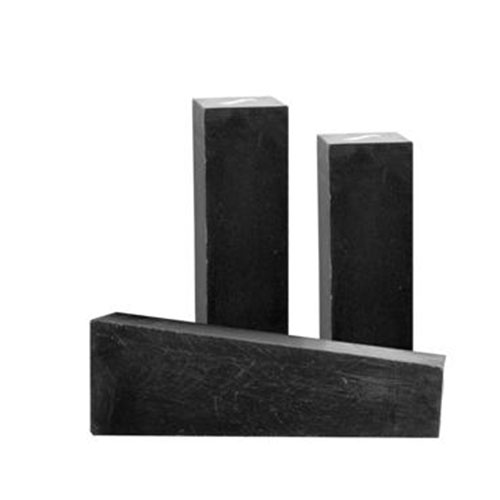Hello! Welcome to the official website of Located in Dashiqiao City!
Yingkou Taishuo Refractories Co., Ltd.
Contact: Mr. Chen
Tel.: 18804171010
Tel.: 0417-5828896
Fax: 0417-5828896
e-mail:18804171010@163.com
Address (business office): 1002-1, 10th floor, International Center, Dashiqiao, Liaoning
Magnesia chrome refractory is a refractory mainly composed of magnesia and supplemented by chromite; After magnesia is added to chrome ore and fired at high temperature, obvious physical and chemical reactions occur between magnesia and chrome ore. MgO in magnesia and Cr2O3 in chromite diffuse each other during sintering, forming point like secondary spinel in periclase and original spinel in chrome ore; According to the different processes and raw materials used, the magnesia chrome bricks form different degrees of secondary composite spinel and periclase secondary spinel composite during the cooling process, so as to form a structure where all phases are directly combined and the chromite phase is wrapped by magnesia.
In the development history of magnesia chrome refractories used in copper smelting industry, silica bricks were first used to build furnace linings. However, due to the FeO and SiO2 components in the slag and the SO2 acid gas in the smelting atmosphere, silica bricks have been severely eroded. From the 1950s to 1960s, alkaline bricks have been used in the copper smelting industry. Today, through continuous improvement of several generations, The production process and application of magnesia chrome refractories in copper smelting industry are more and more mature. The magnesia chrome refractories commonly used in copper smelting industry are as follows:
(1) Ordinary silicate bonded magnesia chrome brick
The common silicate bonded magnesia chrome brick is formed by burning the lower grade magnesia and lower grade chrome ore at 1550 ℃. Ordinary silicate bonded magnesia chrome bricks contain more silicate phase and less secondary spinel, forming a microstructure of silica phase wrapped periclase phase.
In ordinary silicate bonded magnesia chrome bricks, the low melting point silicate phase separates and wraps the high melting point periclase and chromite, the high melting point periclase and chromite are directly bonded with silicate without forming a direct bonding structure, and the low melting point silicate is interconnected to form a continuous phase; The silicate phase with low melting point is very easy to be softened and dissolved during use, which seriously affects the load softening temperature, thermal strength, volume stability and other properties of magnesia chrome bricks; In addition, cracks can be propagated through silicate glass phase, and molten slag is easy to penetrate and corrode from weak silicate glass phase, so the thermal shock resistance and slag corrosion resistance of silicate bonded magnesia chrome bricks are poor.

(2) Direct bonded magnesia chrome brick
Directly bonded magnesia chrome bricks are fired at 1700 ℃ with high-grade magnesia and chrome concentrates with low impurities such as silicate; In the direct bonded magnesia chrome brick, there is a small amount of silicate phase. The silicate phase exists in the matrix in the form of islands, and the direct bonding between periclase periclase and periclase composite spinel. Therefore, the direct bonded magnesia chrome brick has good high temperature resistance, corrosion resistance and thermal shock resistance.
free hotline
0417-5828896